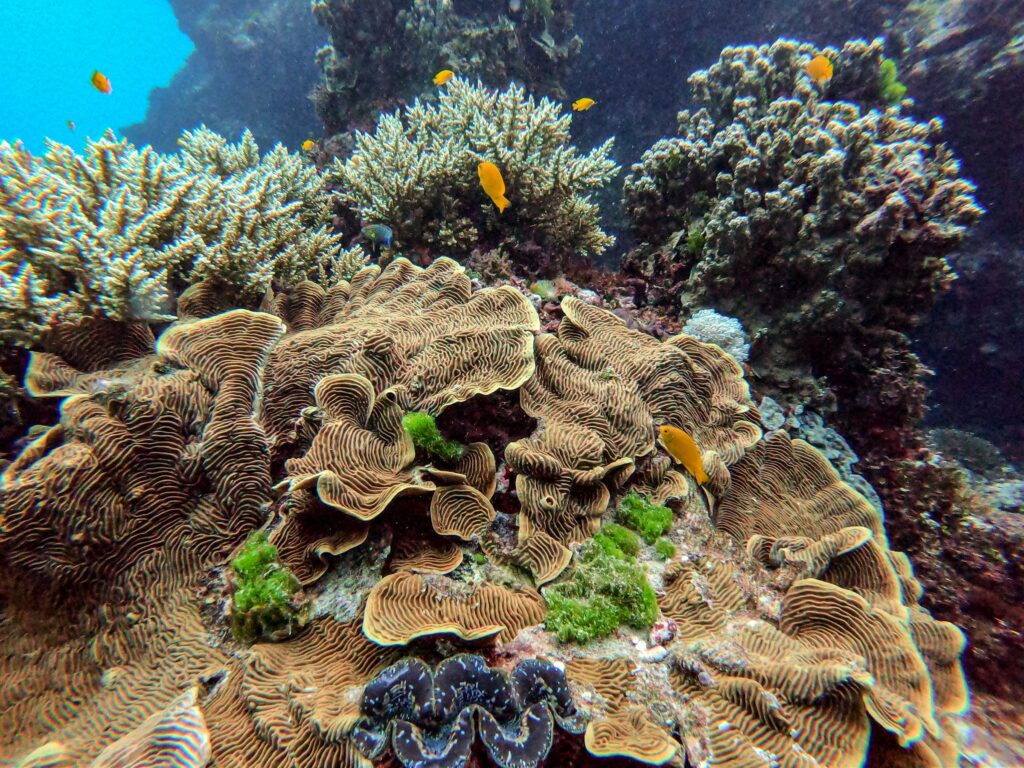Cost effective monitoring of the Great Barrier Reef

The Great Barrier Reef is a prized international asset. Image by Daniel Pelaez-Duque on Unsplash.
The World-Heritage listed Great Barrier Reef (GBR) is a prized international asset that annually provides $6.4 billion of economic, social and environmental value.1
The GBR is subject to many pressures. Federal and Queensland State governments put enormous resources into tracking its health and threats.2 This is difficult to do because of the scale and diversity of the reef.
eDNA biodiversity and biosecurity surveys offer a scalable means to monitor reef health and are already deployed by Queensland State agencies. However, the richness of available information from eDNA is limited by the patchiness and incompleteness of the DNA barcode library.3
What difference would a complete DNA barcode library make?
- eDNA could be deployed as a routine biological survey and species inventory method by non-experts to deliver consistent and highly accurate censuses of biodiversity as well as highly sensitive, accurate detection of pest species.
- National ocean observation programs (e.g. the Integrated Marine Observing System) could confidently provide standardised long-term data biological streams within the GBR.
Benefits for Australia
- Australia could adopt global best practice for ocean observation, such as that prescribed by the International Marine Biodiversity Observing Network and endorsed by the United Nations.4
- Responsive management of the GBR to emerging threats and to measures of the effectiveness of management strategies.
- Management strategies that ensure economic, cultural, social, and environmental values of the GBR are maintained and sustainably managed.
- Adoption of analogous eDNA sampling and analytical methods across other marine World Heritage properties (e.g. Shark Bay, Ningaloo) and Australia’s marine protected areas estate to build a truly national DNA barcode library to serve the needs of government, business, and civil society.
References
- Deloitte Access Economics. At What Price: The Economic, Social and Icon Value of The Great Barrier Reef, (2017).
- Commonwealth of Australia. Reef 2050 Plan—Investment Framework. 39 (2016).
- Ulthicke, S. Personal communication, Australian Institute of Marine Science, (2021).
- Duffy, J. E. & Meyer, C. Marine Life 2030: A Global Integrated Marine Biodiversity Information Management and Forecasting System for Sustainable Development and Conservation. 39 (Marine Biodiversity Observing Network, Washington DC, 2021).
